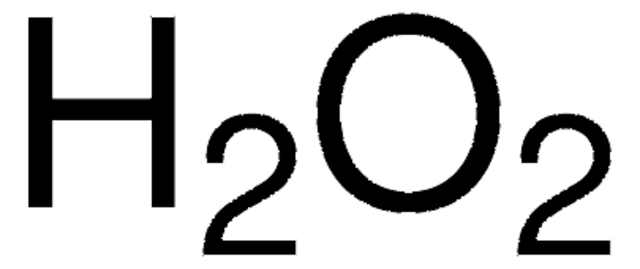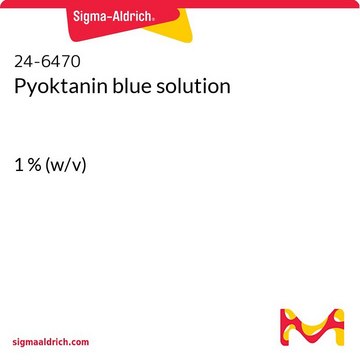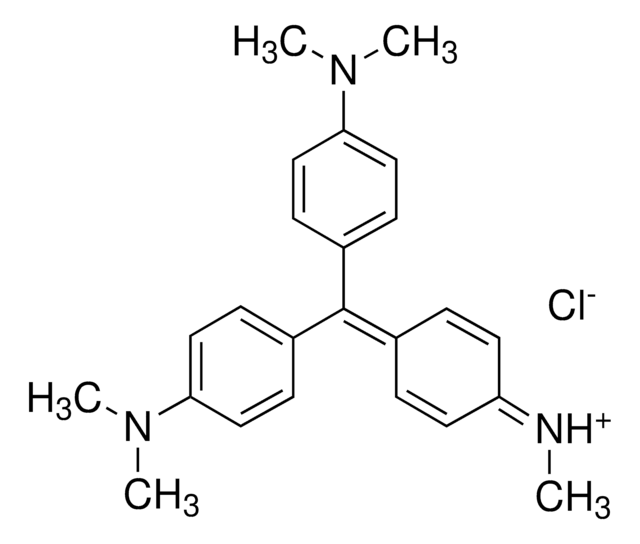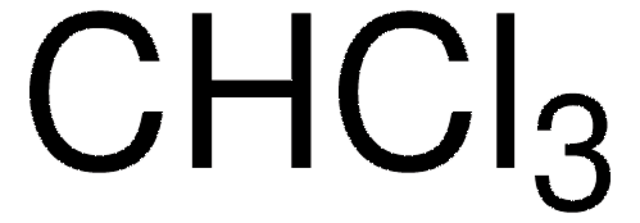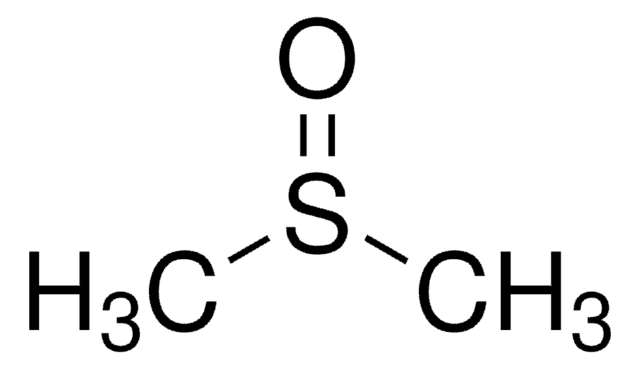19-4497
Metronidazole
SAJ first grade, ≥99.0%
Synonym(s):
2-Methyl-5-nitroimidazole-1-ethanol
About This Item
Recommended Products
grade
SAJ first grade
Assay
≥99.0%
form
solid
availability
available only in Japan
mp
159-161 °C (lit.)
antibiotic activity spectrum
Gram-negative bacteria
parasites
Mode of action
DNA synthesis | interferes
SMILES string
CC1=NC=C([N+]([O-])=O)N1CCO
InChI
1S/C6H9N3O3/c1-5-7-4-6(9(11)12)8(5)2-3-10/h4,10H,2-3H2,1H3
InChI key
VAOCPAMSLUNLGC-UHFFFAOYSA-N
Looking for similar products? Visit Product Comparison Guide
General description
Signal Word
Danger
Hazard Statements
Precautionary Statements
Hazard Classifications
Carc. 1B - Muta. 1B - STOT RE 2
Storage Class Code
6.1C - Combustible acute toxic Cat.3 / toxic compounds or compounds which causing chronic effects
WGK
WGK 3
Flash Point(F)
Not applicable
Flash Point(C)
Not applicable
Personal Protective Equipment
Regulatory Information
Choose from one of the most recent versions:
Already Own This Product?
Find documentation for the products that you have recently purchased in the Document Library.
Our team of scientists has experience in all areas of research including Life Science, Material Science, Chemical Synthesis, Chromatography, Analytical and many others.
Contact Technical Service